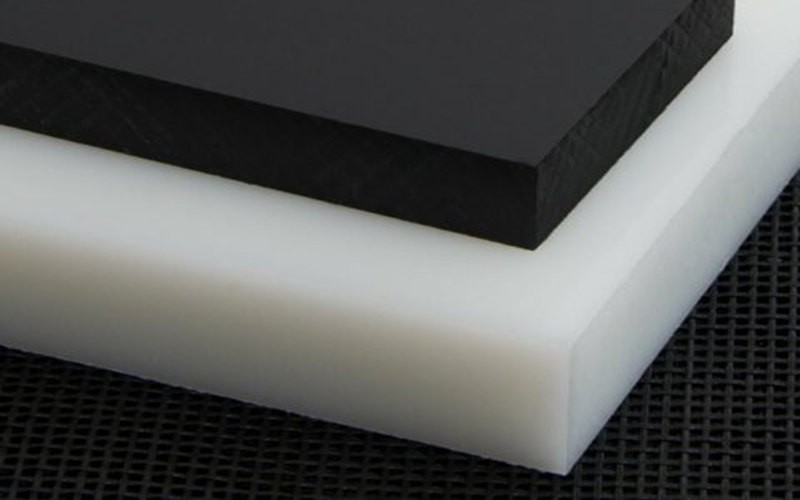Outdoor plastic materials play a pivotal role in a wide range of applications, from durable furniture to robust infrastructure, thanks to their exceptional durability, versatility, and weather resistance. Choosing the right plastic for outdoor use requires understanding the unique properties of various polymers and how they perform under environmental stressors like UV radiation, extreme temperatures, and moisture.
This article explores key considerations and practical guidance to help you select the optimal outdoor plastic material tailored to your specific needs, ensuring both functionality and longevity in demanding outdoor environments.
Characteristics Of Outdoor Plastic Materials
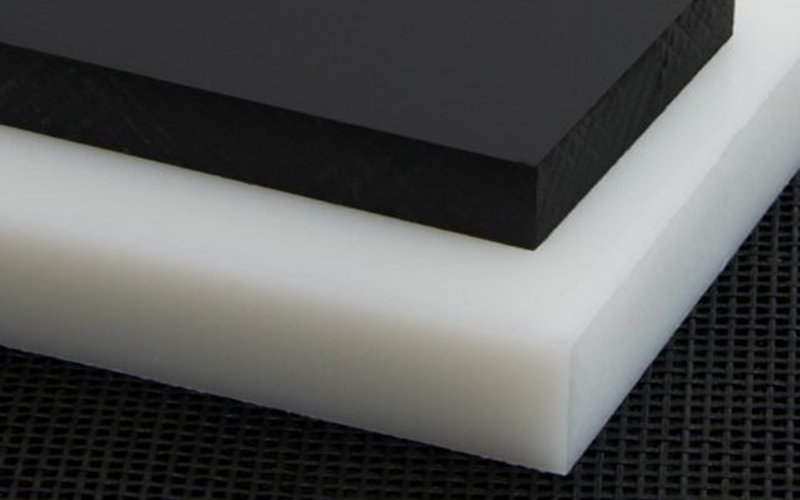
Outdoor plastic materials have been widely used in a variety of industries, and their superior durability, versatility, and weather resistance can meet a variety of functional and aesthetic requirements in severe outdoor environments.
Firstly, these materials exhibit excellent weather resistance, specifically the ability to withstand ultraviolet (UV) radiation, extreme high and low temperatures, and fluctuations in humidity. For instance, high-density polyethylene (HDPE) is commonly used in outdoor furniture like garden chairs and tables, as it resists fading and cracking under prolonged sun exposure.
Secondly, outdoor plastic materials are highly durable, offering resistance to corrosion, wear, and tear, making them ideal for long-term outdoor use. PVC pipes, for example, are widely employed in construction for drainage systems due to their ability to resist chemical corrosion and physical damage.
Thirdly, these materials are lightweight and highly moldable, enabling their use in a broad range of shapes and designs. From intricately shaped tubes and panels for outdoor signage made of polycarbonate to flexible polypropylene ropes used in marine environments, their versatility supports countless applications.
Moreover, many outdoor plastic materials, such as recycled HDPE and acrylic, are recyclable, contributing to sustainable practices and reducing ecological impact. By combining functionality with environmental considerations, outdoor plastic materials continue to play a pivotal role in modern design and infrastructure.
Their tough nature and resistance to harsh weather conditions make them suitable for special events setups, outdoor furniture, sports equipment, and other outdoor products where access to durable, non-toxic, and cost-effective materials is essential.
Common Types Of Outdoor Plastic Materials
The wide range of outdoor plastic materials includes a variety of polymers, each with their own unique properties for outstanding durability, moldability, and manufacturing versatility in the face of what mother nature throws. Resistant to severe challenges such as intense UV radiation, extreme temperatures, moisture, and humidity, these plastic materials are ideal for a wide range of products used in outdoor applications. Below are some of the most common types of outdoor plastic materials.
Polyethylene (PE)
Polyethylene (PE) comes in various forms, with High-Density Polyethylene (HDPE) being one of the most notable. HDPE plastic is renowned for its toughness and durability, making it an excellent choice for outdoor furniture and piping. Its resilience against impact and environmental stressors, including exposure to harsh weather conditions and UV radiation, makes it one of the best plastics for outdoor use.
On the other hand, Low-Density Polyethylene (LDPE) is known for its flexibility, making it suitable for applications like films and soft products. These characteristics make PE a versatile plastic that can cater to a variety of outdoor applications, from robust furniture to flexible packaging solutions.
Polypropylene (PP)
Polypropylene (PP) stands out for its chemical resistance, making it ideal for outdoor containers, ropes, and other products exposed to chemicals and moisture. Its ability to withstand harsh chemical environments without degrading ensures that it remains a reliable material for outdoor use. The durability and chemical resistance of this versatile plastic make it a popular choice for various applications.
Polyvinyl Chloride (PVC)
Polyvinyl Chloride (PVC) is a common material in the construction industry, particularly for pipes, outdoor signage panels, and decorative outdoor elements. Its resistance to weathering, chemical corrosion, and mold growth makes it a staple in projects requiring long-lasting and durable materials. PVC’s versatility makes it a go-to choice for many outdoor products and construction applications.
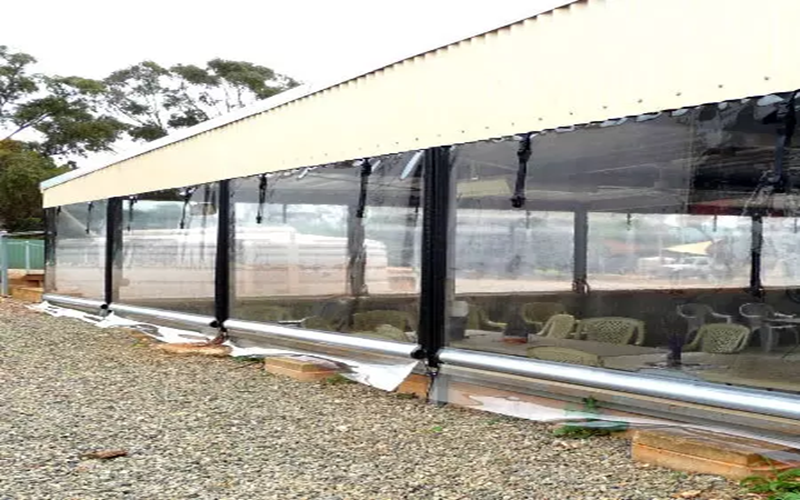
Polycarbonate (PC)
Polycarbonate (PC) is known for its high strength, transparency, and excellent UV resistance, making it ideal for outdoor covers, protective panels, and glass-like applications. Its ability to maintain clarity while offering robust protection against physical impacts and yellowing from sun exposure makes it a preferred material for applications requiring both durability and aesthetic appeal.
Acrylic
Acrylic is valued for its glass-like clarity and weather resistance, often used in outdoor signage and decorative panels. It resists fading, yellowing, and wear due to prolonged exposure to UV radiation, maintaining its vibrant appearance over time. Its lightweight and impact-resistant nature make it a cost-effective alternative to glass in many outdoor applications.
HDPE Plastic
High-Density Polyethylene (HDPE) is a thermoplastic polymer known for its high strength, durability, and excellent resistance to environmental factors, and is widely used in a variety of outdoor scenarios. Its excellent impact and weathering resistance allows it to withstand UV radiation, temperature extremes, chemical corrosion, and moisture, making it ideal for long-term exposure to harsh environments. HDPE’s toughness and lightweight nature make it ideal for outdoor products, such as sturdy garden tables, chairs, outdoor storage bins, and sports equipment.
HDPE not only meets functional needs but also offers significant environmental and sustainability benefits, making it an indispensable material for outdoor applications. Its recyclability helps reduce environmental impact, aligning with modern sustainability goals.
Other Materials
Beyond the common plastics, other materials like acrylonitrile butadiene styrene, nylon, and composites find their niche in specific outdoor applications. ABS is often used in automotive components, nylon in outdoor fabrics, and composites in high-strength structural elements. Each material brings unique properties that cater to the diverse needs of outdoor environments, showcasing the versatility and adaptability of plastic materials.
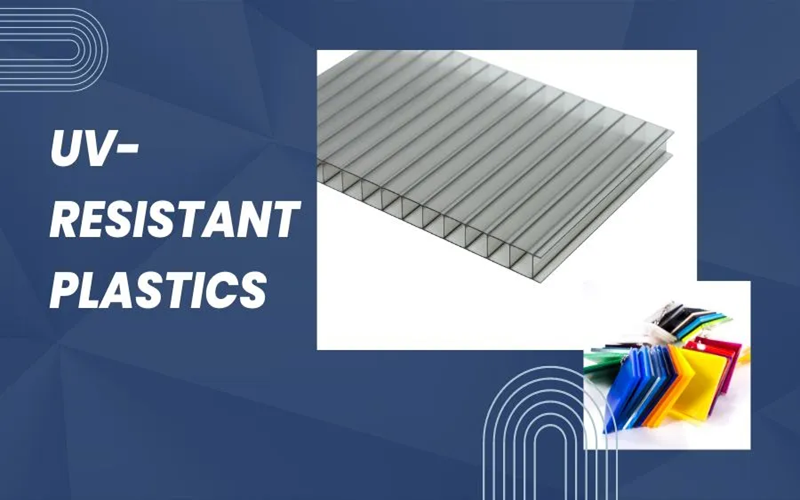
Advantages Of Outdoor Plastic
Outdoor plastics offer numerous advantages, starting with cost effective benefits. Compared to metals or wood, plastics have lower production and maintenance costs, making them an economical choice without sacrificing quality, as these materials provide robust performance、durability and non toxic.
In terms of maintenance, outdoor plastics require minimal upkeep. There’s no need for frequent painting or anti-corrosion treatments, and they are easy to clean. Their low-maintenance nature makes them ideal for applications requiring long-term durability and ease of care.
Design flexibility is another significant advantage. Available in a wide range of colors and shapes, outdoor plastics allow for creative and diverse design solutions, meeting various aesthetic and functional needs.
Challenges Of Outdoor Plastic
Despite their benefits, outdoor plastics face several challenges. Environmental impact is a significant concern, as plastic production and disposal contribute to pollution. Improving recycling rates and developing sustainable practices are essential for addressing these issues.
Aging issues also pose a challenge. Over time, outdoor plastics may fade, become brittle, or degrade in performance, especially if not UV resistant. These issues affect longevity and appearance, necessitating more durable and resilient materials for decades.
Recycling and sustainability remain ongoing challenges. Many plastics have low recycling rates, and non-degradable plastics create long-term environmental problems. Improving recycling technologies and developing biodegradable plastics are crucial for mitigating these challenges and promoting sustainability.
Outdoor Applications Of Outdoor Plastic Material
Outdoor plastics are utilized in various applications, leveraging their durability, versatility, and weather resistance to meet diverse needs in multiple industries. Their ability to withstand harsh environmental conditions makes them ideal for numerous plastic for outdoor uses.
Outdoor Furniture
Plastic chairs, tables, and garden benches are common examples of outdoor furniture made from durable plastics. These items benefit from weather-resistant materials like HDPE, ensuring they withstand prolonged exposure to the elements without deteriorating.
Plastics in outdoor offer low maintenance, design flexibility, and cost-effectiveness, making them popular for residential and commercial settings.
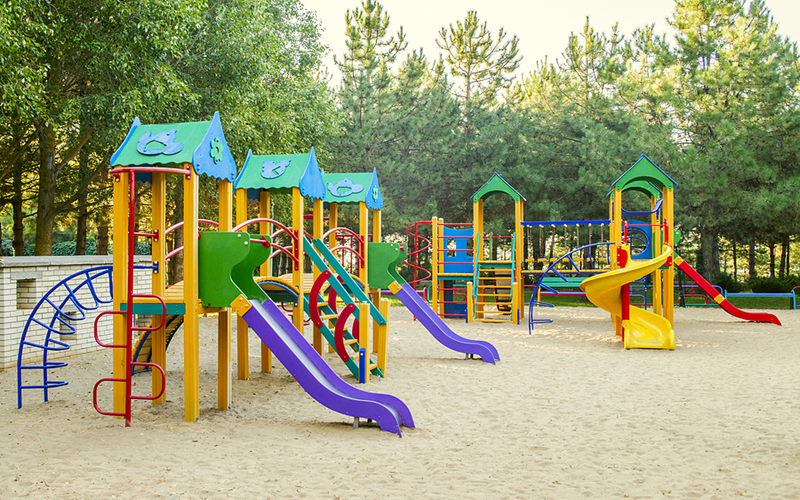
Construction And Infrastructure
In construction and infrastructure, outdoor plastics are used in drainage pipes, roofing materials, and fencing, providing structural integrity while resisting rain, weathering, and corrosion.
Sports And Recreation
Plastics play a crucial role in sports equipment and recreation, from playground equipment to sports field surfaces. Their durability and safety features make them suitable for environments with physical activity and exposure to the elements.
Agriculture And Horticulture
In agriculture and horticulture, plastics are used for greenhouse covers and planting containers, providing protection and support for plants while being durable enough to withstand outdoor environments.
Other Outdoor Use
Beyond these other applications, outdoor plastics are used in sign materials, trash bins, and other products, offering versatility and durability over traditional materials.
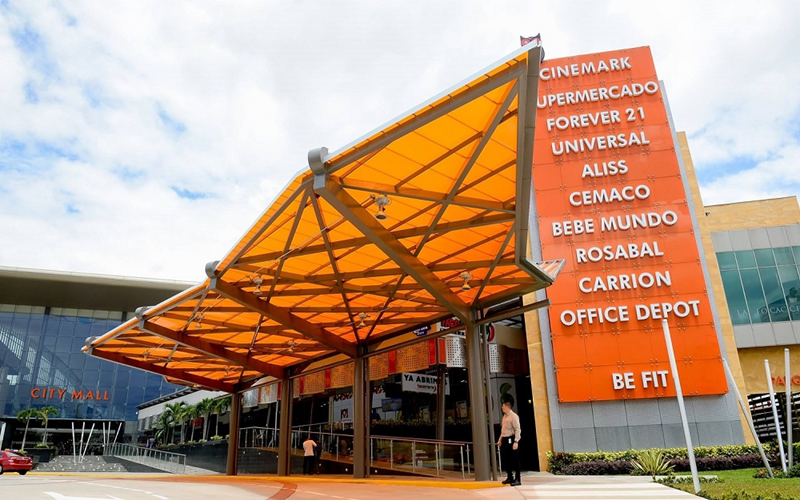
Technological Advances And Future Trends
Recent innovations in outdoor plastic materials include the development of bio-based and biodegradable plastics, which significantly reduce environmental impact and support sustainability goals. These eco-friendly materials are gaining momentum as industries seek greener alternatives without compromising durability.
Advancements in UV resistance and anti-aging technologies have greatly improved the longevity and performance of outdoor plastics. Enhanced formulations now better protect against moisture, heat, and extreme weather conditions, ensuring that outdoor products maintain their structural integrity and appearance over extended periods.
The circular economy is becoming a pivotal concept in the plastics industry, promoting recycling, reuse, and sustainable manufacturing processes. Cutting-edge technologies such as self-cleaning plastics and sensor-integrated composite materials are emerging, offering innovative solutions tailored for diverse outdoor applications, further expanding the versatility and functionality of outdoor plastic materials.

Conclusion
Selecting the right outdoor plastic material is essential to ensure custom plastics products withstand environmental challenges and maintain structural integrity. Whether it’s the impact resistance of polyethylene (PE) or the chemical resistance of polypropylene (PP), choosing the right plastic for outdoor use is key to the success of any outdoor project. Understanding the specific properties of each material helps customers create durable, versatile plastic components that perform reliably under harsh weather conditions and exposure to UV radiation.
Outdoor plastic materials are indispensable in modern construction and design, offering unparalleled versatility, durability, and cost-effectiveness. Their ability to withstand harsh weather conditions and maintain performance over time makes them ideal for a wide range of applications, from outdoor furniture to construction components. As the industry innovates, focusing on sustainability and eco-friendly practices will shape the future of outdoor plastics. By considering recycled and biodegradable materials, we can mitigate environmental impacts and create a more sustainable future.
Embrace the many benefits of outdoor plastic materials in your projects with permission and contribute to a greener, more resilient world.
Frequently Asked Questions
What are the main advantages of using outdoor plastic materials?
The main advantages of using outdoor plastic materials include their cost-effectiveness, low maintenance, durability, and versatility, making them suitable for a wide range of applications.
How do outdoor plastics withstand extreme weather conditions?
Outdoor plastics are designed to withstand extreme weather conditions by being resistant to UV radiation, high temperatures, and humidity, which contributes to their durability and longevity.
What are some common applications of outdoor plastic materials?
Outdoor plastic materials are commonly used in outdoor furniture, construction materials, sports equipment, and agricultural products, providing durability and weather resistance for various environments.
What challenges do outdoor plastic materials face?
Outdoor plastic materials face significant challenges such as environmental impact, aging issues, and trouble with recycling and sustainability. Addressing these concerns is essential for improving their longevity and ecological footprint.
What future trends are emerging in the field of outdoor plastics?
Emerging trends in outdoor plastics focus on bio-based and biodegradable materials, enhanced UV resistance, and innovative smart applications such as self-cleaning features. These advancements aim to improve sustainability and performance in outdoor environments.

